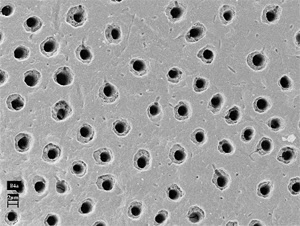 Lots of people ask their dental professional if there’s a difference between plaque and tartar-and it’s a great question. Both plaque and tartar buildup are common dental problems. Significant plaque buildup can result in tooth decay and gum disease. Tartar is calcified plaque. Arming yourself with the facts can help you be smarter about how you care for your teeth.
Lots of people ask their dental professional if there’s a difference between plaque and tartar-and it’s a great question. Both plaque and tartar buildup are common dental problems. Significant plaque buildup can result in tooth decay and gum disease. Tartar is calcified plaque. Arming yourself with the facts can help you be smarter about how you care for your teeth. The Facts About Plaque
Plaque is sticky, colorless film containing bacteria that builds up naturally on tooth surfaces and especially along the gum line within four to 12 hours after brushing. Sugars in food and drinks can combine with plaque bacteria to release acids. These acids attack tooth enamel and break it down, which can then create cavities. Plaque bacteria can also contribute to gum disease, like gingivitis. Regular brushing and flossing are your most effective tools in the fight against plaque. If it’s not removed daily, plaque eventually accumulates and hardens into tartar.
To read the entire article visit OralB.com.
Perledent Dental Care
Kyle Van, DDS
2110 NW Amberbrook Dr
Beaverton, OR 97006
(503) 533-5539
NiceSmileNow.com
Kyle Van, DDS
2110 NW Amberbrook Dr
Beaverton, OR 97006
(503) 533-5539
NiceSmileNow.com








